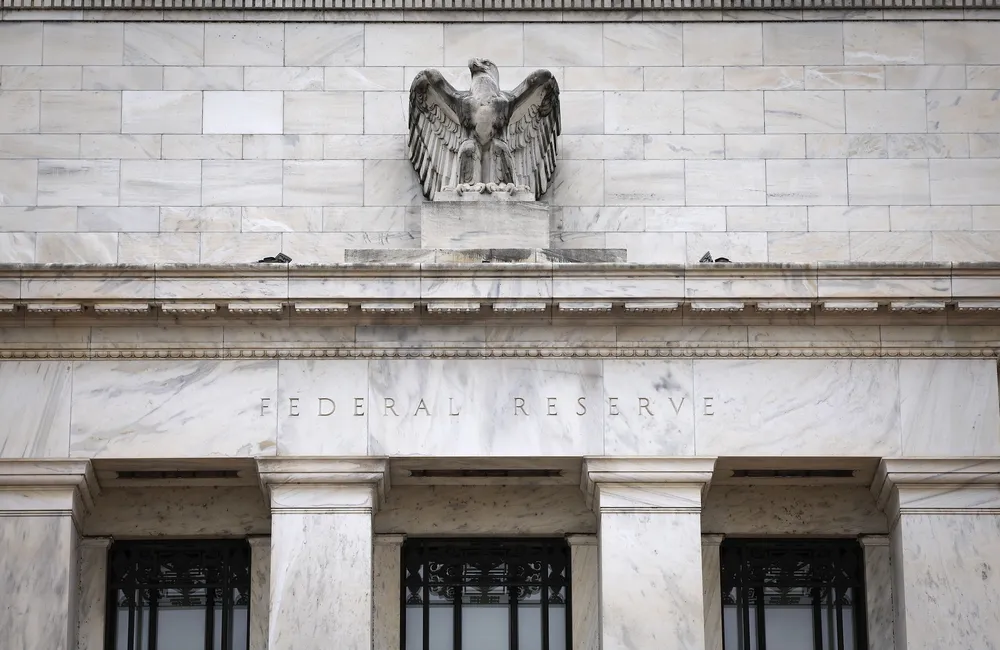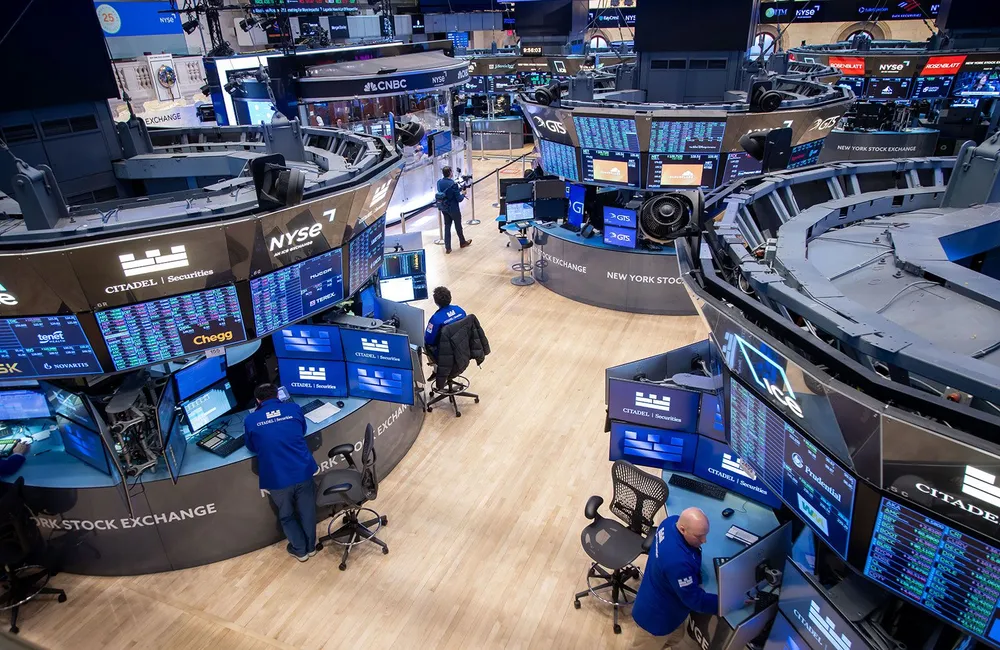Market review
Oil volatility has been focusing glare ever since the sanctions were announced against Russia, one of the world’s largest oil exporters. Oil prices have been down this week after reaching around US$130 a barrel earlier in the month. That previous spike in energy prices, along with the jump in other commodities, has contributed to worries inflation pressures will be here higher, longer. The meeting on energy and climate ministers will be in Paris on March 23 and 24 organized by the International Energy Agency, which advises countries on how best to shape energy policy.
In the government bond market, yields have continued to climb higher, as inflation pressures have pushed up yields to a level many in the market hadn’t anticipated as recently as a few months ago. The US Treasury 10-year note traded Friday at 2.15%, up from 1.71% at the start of March and 1.63% at the start of the year. Short-term yields have seen an even more dramatic move, reflecting expectations of a more aggressive series of Fed rate hikes in 2022. The US Treasury 2-year yield finished Friday’s session at 1.96%, having started March at 1.3%, and 0.79% at the beginning of 2022.
The gap between the 2-year and 10-year note is something that many in the markets will closely watch. That gap has been closing — a phenomenon known as a flattening yield curve. If short-term yields rise higher than long-term yields — which is referred to as an inverted yield curve — that could send alarm bells ringing. An inverted yield curve is frequently regarded as a signal of a recession ahead.
The United States President Joe Biden will head across the Atlantic to meet with members of the North Atlantic Treaty Organization (NATO) in Europe to discuss the military alliance’s response to the war in Ukraine, and what may come next. Those discussions are set for March 24. During Biden’s trip, he’s also expected to attend a European Union meeting.
For the week ending March 18:
- Consumer cyclical 9.2% and technology 8.3% were the best performing sectors.
- The worst performing sector was energy, down 3.1%.
- Yields on the U.S. 10-year Treasury note gained to 2.15% from 2%.
- Oil closed the week 4.2% lower at $104.70 a barrel.
- Of the 863 companies that are listed in the U.S., 767, or 89%, advanced and 96, or 11%, declined.
Shares in the technology and consumer cyclical sectors were also up. DocuSign (DOCU), Nvidia (NVDA), Roku (ROKU), and Zoom (ZOOM) all surged.
Travel players advanced as falling oil prices below US$80 a barrel eased cost pressure worries for carriers. Shares of United Airlines (UAL), American Airlines (AAL) and Delta Air Lines (DAL) soared. Other retailers like Farfetch (FTCH), Kohl’s (KSS), Macy’s (M) also advanced.
Other movers included BioNTech (BNTX) and Moderna (MRNA), which both ended higher after both companies sought approval for a second coronavirus booster shot.
Losers
The five stocks in the bottom of the pile last week were Weatherford (WFRD), Cheniere Energy Partners (CQP), Liberty Oilfield Services (LBRT), Coupa Software (COUP) and Core Laboratories (CLB).
Oil stocks had suffered the biggest losses in recent days, with different corners of the industry falling at the same time. Oil was as cheap as $94, and big oil firms, such as Exxon Mobil (XOM) and Chevron (CVX), were down.




















